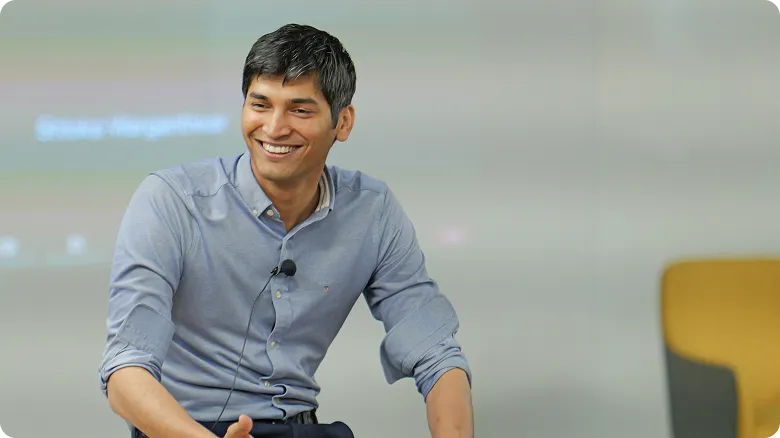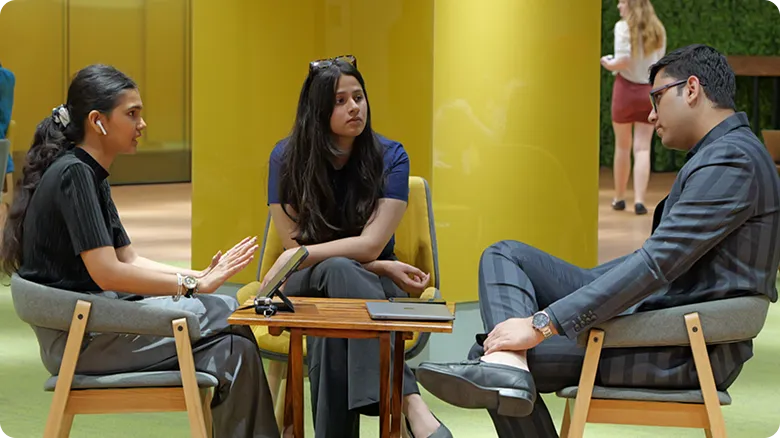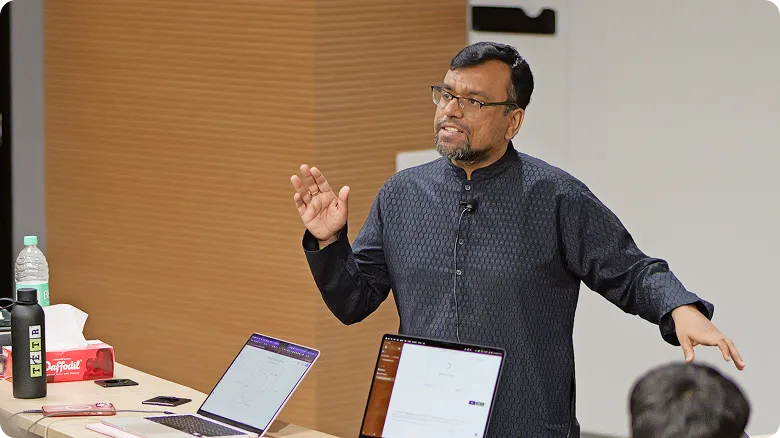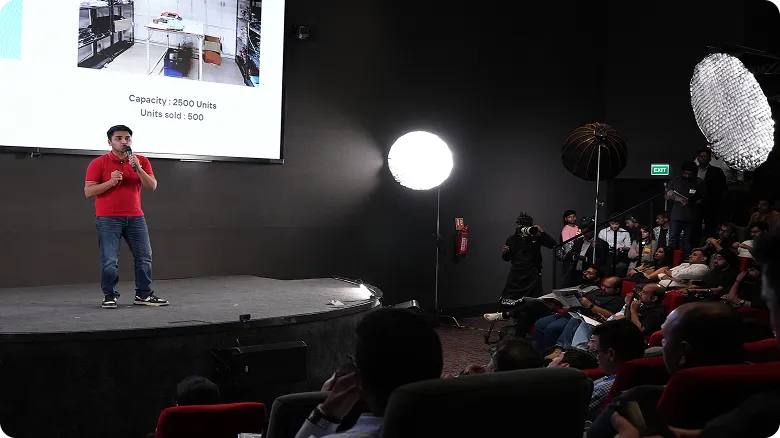Apply to the Shark Tank S5 Campus Special (Open to All Students)
Apply NowUndergraduate
Undergraduate (Global)
Postgraduate
Executive
Family Business
Careers
Innovations
Faculty
MU Ventures
Student Life
Jobs
Become a Master
events
For Companies
Blog
Business
The Role of Design Thinking in Solving Business Problems
January 28, 2025
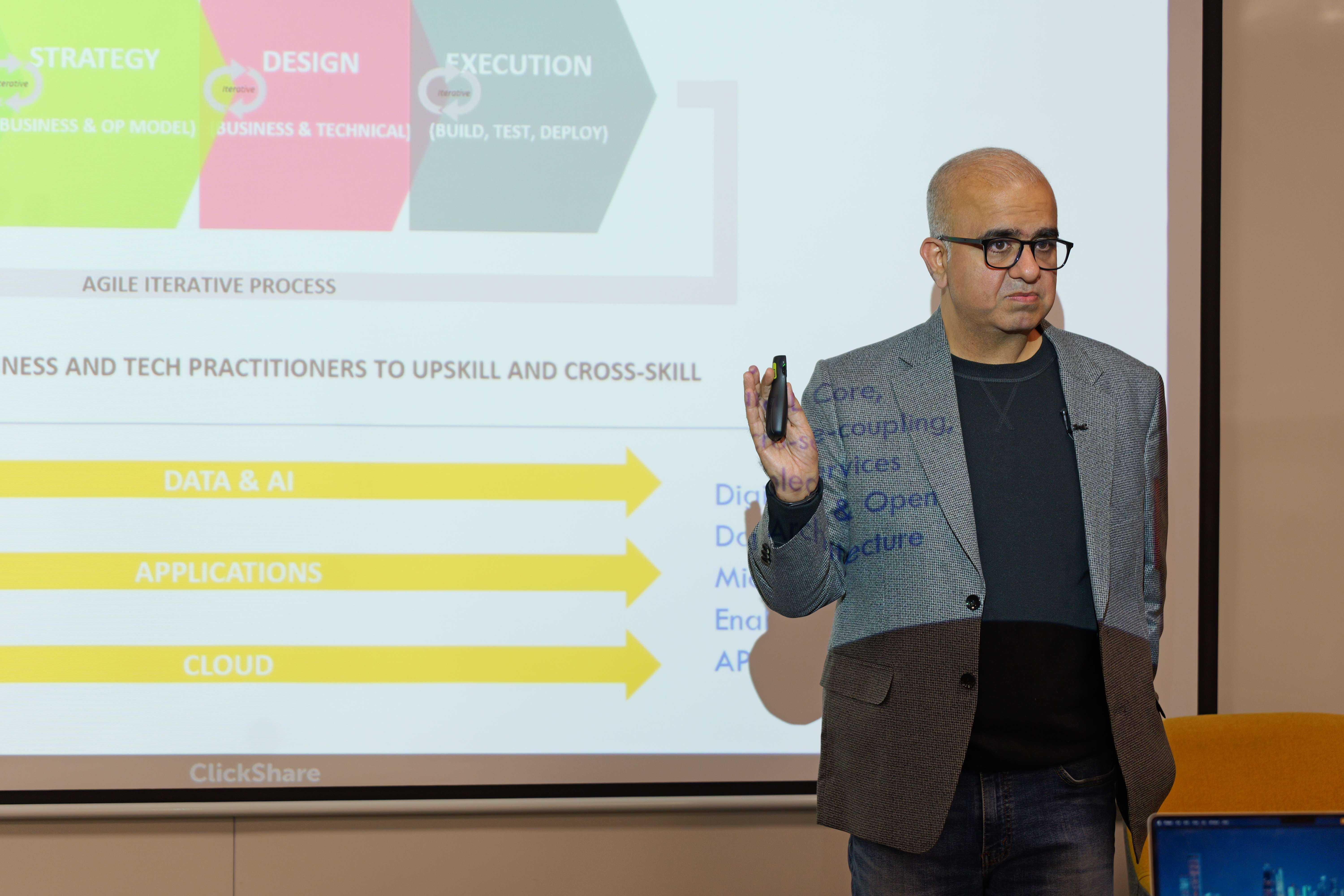
In an era of rapid change and increasing complexity, businesses need innovative approaches to tackle challenges and seize opportunities. Design thinking, a human-centred problem-solving methodology, has emerged as a powerful tool for addressing these demands.
At Masters’ Union, we embrace this framework to help our students think creatively and solve real-world business problems effectively.
What is design thinking?
Design thinking is a structured process that prioritises empathy, collaboration, and experimentation. It revolves around deeply understanding the needs of end users, ideating potential solutions, prototyping, and iterating based on feedback. This methodology is not confined to product design; it has been successfully applied across industries, from healthcare to finance, to solve complex problems and enhance customer experiences.
Why design thinking matters for business
Traditional problem-solving often focuses on analytical approaches, which may overlook human emotions and experiences. Design thinking shifts the focus to the end-user—the customer, employee, or stakeholder—ensuring that solutions are relevant and impactful. For example, companies like Airbnb have leveraged design thinking to redefine user experiences, transforming the business into a global success story.
At Masters’ Union, students learn to apply this methodology to address challenges such as improving operational workflows, enhancing customer engagement, or developing innovative products. The result? Graduates who think beyond conventional boundaries and deliver user-centred solutions.
Key steps in design thinking
-
Empathise: Understand the pain points, needs, and desires of users through research and interviews. At Masters’ Union, students often work on live projects that involve engaging with real customers and industries.
-
Define: Frame the problem clearly, ensuring it reflects the insights gathered during the empathy stage.
-
Ideate: Brainstorm creative ideas and explore multiple perspectives. Students at Masters’ Union collaborate in teams, simulating real-world business environments.
-
Prototype: Build tangible representations of the ideas. Whether it’s a process flow or a product prototype, creating a testable version allows for constructive feedback.
-
Test: Validate the solution with end users, iterating to refine and improve it. This iterative approach ensures the final solution meets the desired objectives.
Real-world applications
Design thinking has driven innovation in various industries. For instance, a retail company facing declining sales might use design thinking to reimagine its in-store experience, focusing on customer convenience and engagement. Similarly, financial institutions have utilised this approach to create intuitive digital platforms that simplify complex financial services for users.
Masters’ Union integrates these industry insights into its curriculum, enabling students to tackle challenges that matter. By engaging with case studies, industry leaders, and hands-on projects, students become adept at applying design thinking to deliver measurable results.

